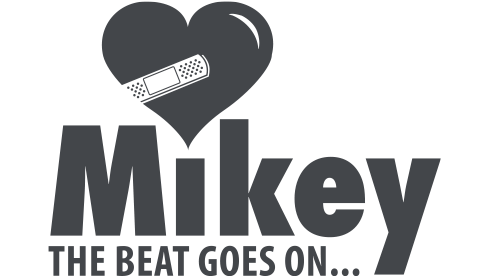As we begin the new year, a majority of us have begun the annual tradition of defining new years resolutions to accomplish. One of the most popular being weight loss and maintaining a healthy diet throughout the year. Although it is widely accepted that these are good resolutions to have, it is very hard to accomplish. To help you, we’ve developed some nutritional tips that you can use as a guide to stay the course.
Nutritional Tips
Be patient and plan
Any change in one’s life takes time. As you begin to change your diet try to think of the undertaking as a gradual lifestyle change, not a crash course. Think about the goals that you would like to accomplish and determine what is manageable for you. What can you accomplish in a month, a few months; a year? Each goal or resolution that you consider should lead towards a diet that is focused on benefiting your overall heart health. Even something small like opting for water instead of soda will make a huge difference in your daily diet.
Focus on the overall quality of your diet
It’s very easy to look at two different items and compare calorie to calorie to convince yourself that a low-quality item isn’t so bad. Instead of comparing, aim to eat foods that you know are going to have great nutritional value. Fruits, vegetables, lean meats, and grains are always great staples to focus on within your diet. They will not only be lower in calorie content but will also help to make you feel more full.
Have a meal plan and eat at home
Having a weekly or even monthly meal plan developed for yourself or your household will help you to stay on track with your diet. Utilize the myriad of heart-healthy recipes that are available on our site.
Cooking at home is also very beneficial to sticking with a heart-healthy diet, as you have full control of what is being put into your food. It will also help to save you money as you won’t be tempted to eat out at restaurants or fast food establishments.
To help you plan your meals we’ve taken the time to develop this free calendar that you can use as a resource to plan out your meals for a week or even a month.
Watch what you eat when eating out
Although we highly recommend focusing on preparing a majority of your meals, we know that it’s not always possible to avoid going out to eat. Instead of leaning towards old habits, aim to go in with a strategy. Instead of fries, ask for more vegetables. Instead of getting an entree with a heavy creamy sauce, opt for it without the sauce. Create a strategy that will work within the diet and goals that you’ve set out for yourself.
Remember, switching to a new diet will take time, so be patient with yourself as you adapt to this change. If you’d like to share with us your progress or some of your own tips, reach out to us on Facebook, Twitter or Instagram.















